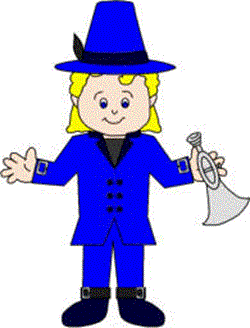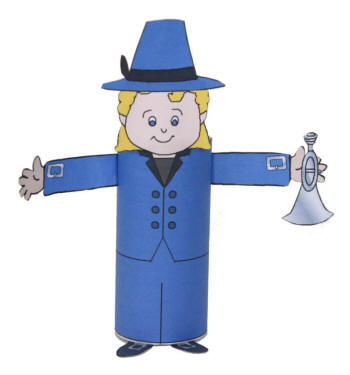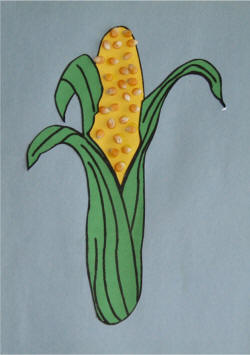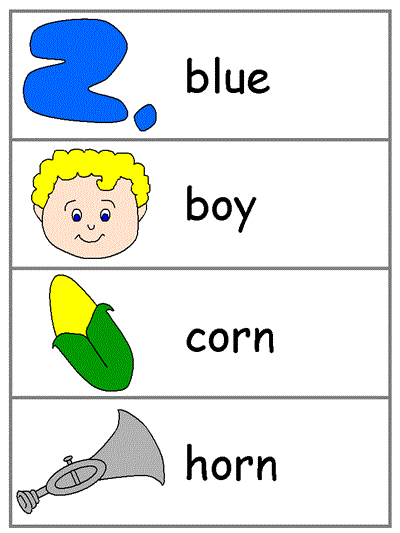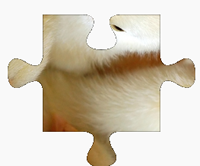DLTK's Nursery Rhymes for Kids
Little Boy Blue Activities
Little Boy Blue, come blow your horn.
The sheep's in the
meadow, the cow's in the corn;
Where is the boy that looks after
the sheep?
He's under the haystack, fast asleep!
Little Boy Blue Lyrics and Coloring Pages:
Little Boy Blue Crafts:
Little Boy Blue Printable Resources:
Little Boy Blue Printable Puzzle Worksheets:
On-Line Games and Puzzles:
The History of "Little Boy Blue"
"Little Boy Blue" is a well-loved nursery rhyme that has delighted children for centuries with its simple melody and endearing story. The rhyme centers on a young boy, often depicted as a shepherd, who falls asleep while tending to his duties, allowing his sheep and cows to wander away. The familiar verses and soothing rhythm make it a favorite bedtime or storytelling rhyme for young children.
Origins and Early History
The origins of "Little Boy Blue" can be traced back to the late 16th or early 17th century. The earliest printed versions of the rhyme appeared in English nursery rhyme collections during this period. One of the earliest known publications is in "Tommy Thumb's Pretty Song Book," a collection of English nursery rhymes from around 1744. Some scholars believe the rhyme may have allegorical roots, possibly referencing historical or political events, though these interpretations are speculative. The rhyme’s exact origins remain unclear, but its enduring popularity suggests a deep cultural resonance.
Inclusion in Literature
"Little Boy Blue" has been included in various nursery rhyme anthologies and has found a place in broader literature as well. Notably, it was included in L. Frank Baum's "Mother Goose in Prose," published in 1897. Baum, best known for "The Wonderful Wizard of Oz," expanded the simple rhyme into a full story, providing a rich narrative context that further popularized the rhyme.
Additionally, "Little Boy Blue" was featured in Carolyn Wells' "An Intercepted Valentine," a poem where the character of Little Boy Blue is part of a whimsical and playful narrative involving other nursery rhyme characters. This inclusion highlights the rhyme's versatility and enduring appeal.
Cultural Significance and Interpretations
Over the years, "Little Boy Blue" has been included in various nursery rhyme anthologies, children's books, and educational materials. Its gentle narrative and memorable imagery have inspired countless illustrations, songs, and adaptations, making it a staple in early childhood education. The rhyme’s themes of responsibility and the consequences of neglect have been interpreted in various ways, adding layers of meaning to its simple story.
Visual and Musical Adaptations
The soothing melody and vivid imagery of "Little Boy Blue" have made it a popular subject for artists and musicians. Illustrations often depict the young boy in a pastoral setting, surrounded by his wandering sheep and cows. These visual interpretations add to the rhyme’s charm and help bring its story to life for young readers. Musically, the rhyme has been set to various tunes, each enhancing its gentle and calming effect.
Educational Uses
"Little Boy Blue" remains a cherished part of the nursery rhyme tradition, beloved for its simplicity and the timeless theme of youthful innocence. Its continued popularity in homes and classrooms ensures that it will be enjoyed by future generations, providing comfort and joy to young listeners. The rhyme is often used in early childhood education to teach rhythm, language skills, and the importance of responsibility.
Enduring Appeal
The enduring appeal of "Little Boy Blue" lies in its simple yet poignant narrative, its melodic rhythm, and its relatable themes. It continues to be a favorite for bedtime stories, early learning, and cultural celebrations of traditional nursery rhymes. The rhyme’s ability to convey a meaningful story through simple verses makes it a timeless piece of children’s literature.


